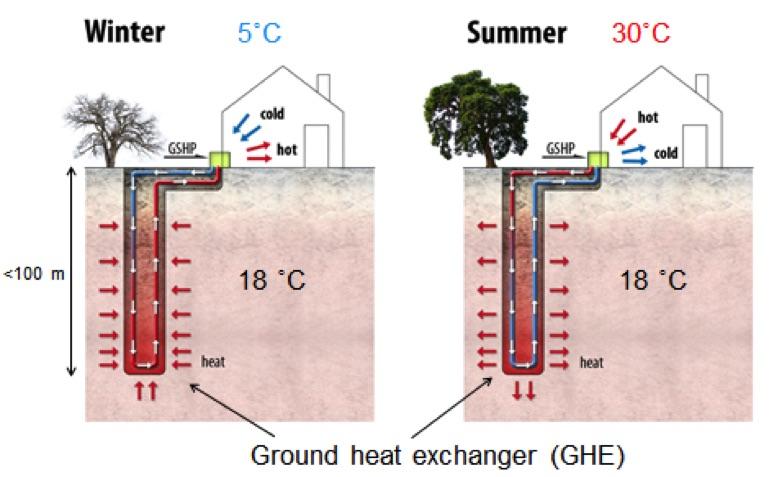

Some examples are the degradation of frozen grounds, glacial recession, a trend in decreasing snow coverage, and the expansionist number of glacial lakes. Observations have unearthed the impacts of climate warming on ecosystem and natural resources. Furthermore, land regions have warmed faster than the oceans (Qian et al. Climate warming is widespread over the world and is greater at higher latitudes. It is widely accepted that the Earth has warmed (IPCC 2007). With the increasing AT, P accompanied with the decreasing MFD, MSD should be the major factors induced the conspicuous soil warming of the TP in the past decades. Higher P also induced higher ST, while the inhibition of freeze and thaw process on the ST in summer. Owing to the frozen ground, the relationship between ST and P is complicated in the area. Significant negative-dominated correlation coefficients ( α = 0.05) between ST and MSD indicate the decreasing MSD trends in TP were attributable to increasing ST, especially in surface layer. In addition, with the exception of MFD, regional scale increasing trend of P as well as the decreasing MSD also shed light on the mechanisms driving soil trends. Monthly changes observed in surface ST in the past decades were consistent with those of AT, indicating a central place of AT in the soil warming.

More impressive rate of the ST at each level than the AT indicates the clear response of soil to climate warming on a regional scale. Trends were significant at 99 or 95% confidence level for the variables, with the exception of P and MSD. Analysis of annual series from 1960 to 2014 has shown that surface (0 cm), shallow (5–20 cm), deep (40–320 cm) soil temperatures (ST), mean air temperature (AT), and precipitation (P) increased with rates of 0.47 ☌/decade, 0.36 ☌/decade, 0.36 ☌/decade, 0.35 ☌/decade, and 7.36 mm/decade, respectively, while maximum frozen soil depth (MFD) as well as snow cover depth (MSD) decreased with rates of 5.58 and 0.07 cm/decade. In this study, changes observed in five meteorological variables obtained from the TP between 19 were investigated using two non-parametric methods, the modified Mann–Kendall test and Sen’s slope estimator method. Soil temperature, an important indicator of climate change, has rarely explored due to scarce observations, especially in the Tibetan Plateau (TP) area.


 0 kommentar(er)
0 kommentar(er)
